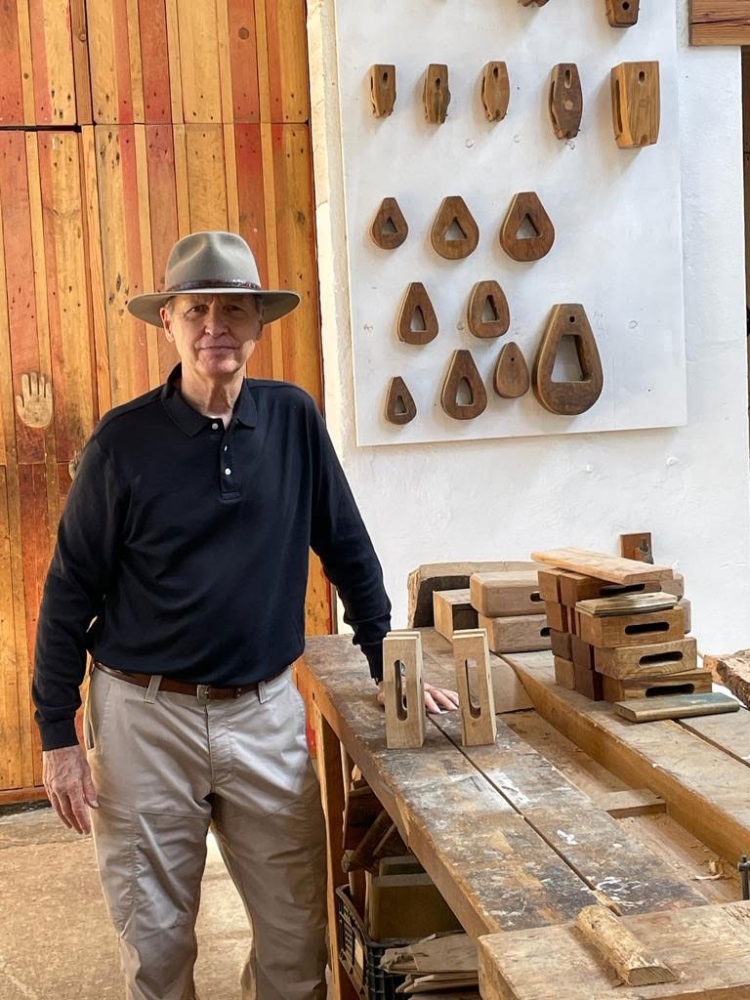Arata graduated from the Industrial Arts program in 1974, when timber was still the dominant industry in the region. A lot of students took industrial arts specifically to break into timber, and Arata made friends working long hours in lumber mills during the summer.
Toward the end of his time at Humboldt, he attended a seminar with the Peace Corps—the first time recruiters visited Humboldt.
“I’d never heard of the Peace Corps,” he recalled. “I made a decision in about 20 minutes that that was what I was going to do. You can figure out your life in the Peace Corps and feel like you're making a contribution to the world.”
He was assigned to two years of projects in Malaysia, which was experiencing an influx of refugees from Vietnam. It also was becoming one of the prime places in the world to manufacture computer chips, at a time when PCs were only beginning to take hold in the popular imagination.
After the Peace Corps, Arata took a job in Malaysia with ExxonMobile developing offshore oil rigs before returning to work with the company in Texas and attending graduate school. From there, he moved to Taiwan to learn Chinese, and returned to the U.S. to work at a Chinese Embassy and with the University of Houston. Eventually, he got into technical training engineering, and retired as an engineer at a Silicon Valley company.
It was in retirement that he discovered the San Juan whaleship, almost by accident.
In 1978, a Canadian archaeological team found the wreck of the San Juan whaling ship, which was built in 1563 in Pasaia in the Basque Country, now Spain, where it sailed to Newfoundland and eventually sank in Red Bay in 1565.
Research on the boat continued, and a collaboration between the Canadian and Donostia/San Sebastián governments with support from UNESCO was formed in 2013. The collaboration aims to build a full-size replica of the San Juan Whaleship, with plans to eventually retrace the ship’s voyage to Newfoundland and become part of the Red Bay Archaeological collection.
In the 2010s, Arata’s wife was a schoolteacher in Austin, and each summer took small groups of students to intensive Spanish language excursions in Madrid and Donostia/San Sebastián, Spain.
One year Arata decided to tag along to Donostia/San Sebastián, where he read about the Albaola Faktoria—a museum that showcases historic ships and how to build them. He visited the school and immediately inquired how he could spend time volunteering with them. From that moment he spent the rest of his two-week visit working with the school on the San Juan. He returned the following two years, once spending two months in dormitories while working on the boat restoration project.
Like in the lumber mills, Arata was once again working with his hands, cutting and milling wood and hauling materials to rebuild the boat using centuries-old techniques. And while the pandemic held up the project, he plans to return in October to help continue building the boat.

